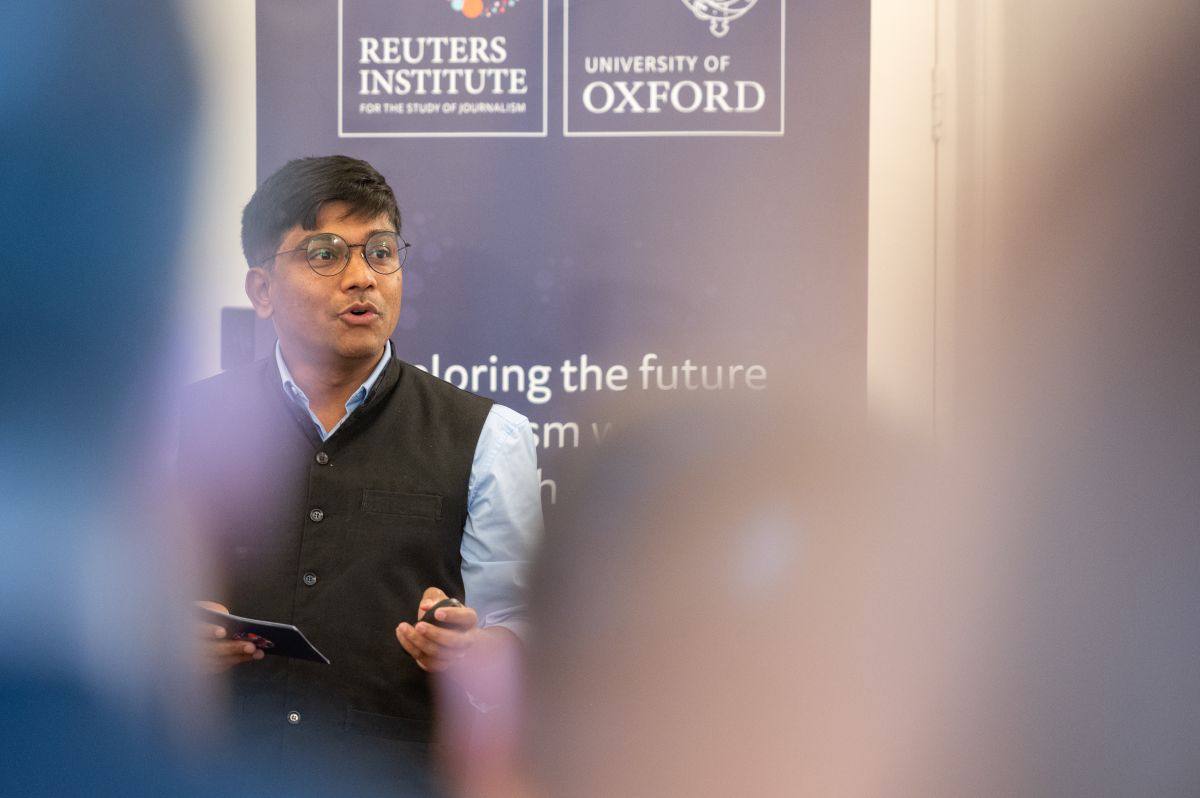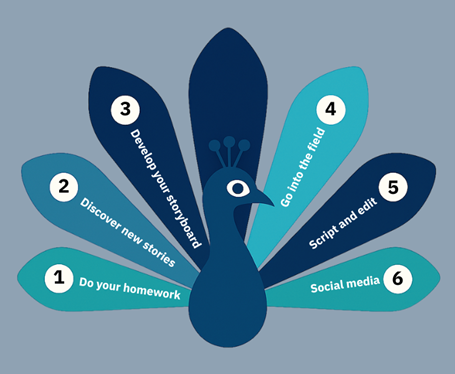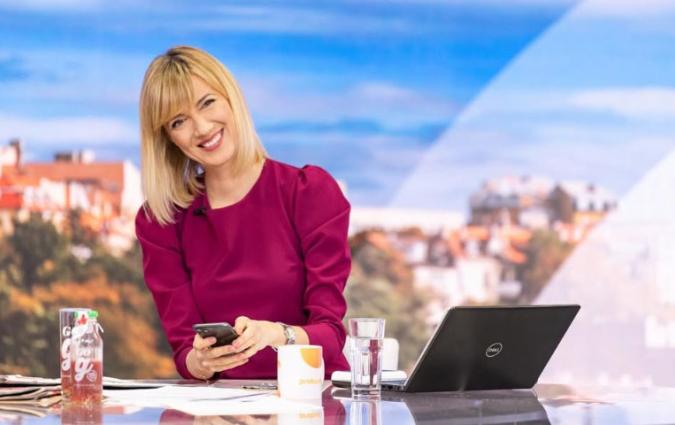In this piece
Reaching rural India: a guide to digital video storytelling

Ganesh Pol presents his findings during the Spring Showcase at the Reuters Institute for the Study of Journalism. Photo: John Cairns
In this piece
Step 1: Discovery | Step 2: Planning | Step 3: Fieldwork | Step 4: Structuring your edit | Step 5: Publishing | Step 6: Promotion and feedbackBy 2026, there will be a billion internet users in India. But that growth isn’t centred in Delhi, Mumbai or Chennai. It’s happening in the villages and small towns that make up most of the country. Rural India is online – and it’s watching videos.
From YouTube explainers in Bhojpuri to Facebook Lives in Marathi, digital video is now the primary way many rural communities access news and information. But as new audiences arrive, a fundamental question looms: will this digital transformation bring new voices into the fold – or simply replicate the blind spots of legacy media?
“Authentic storytelling is not an act of extraction but of co-creation,” said Radheshyam Jadhav, Senior Deputy Editor at The Hindu BusinessLine, who covers rural India extensively. “It must be rooted in deep engagement with the social and economic realities of those whose voices have long been subdued.”
Since 2017, I’ve worked at BBC News Marathi’s video desk. In that time, I’ve seen how digital video storytelling offers a powerful and accessible medium for rural news – not just for consumption, but for creation. And I’ve become convinced that if we want to create content that is genuinely useful and relevant, we must go beyond merely amplifying voices. We must also shift the underlying power dynamics that have long shaped rural coverage.
India’s rural communities live in a state of sporadic visibility. This project argues that digital video, despite its limitations, could be a catalyst for change. It offers the possibility – not the guarantee – of an alternative communicative order where stories are not filtered through the lens of dominant institutions.
During my fellowship at the Reuters Institute, I explored this question through interviews with 15 professionals working across rural video journalism – from freelancers and social media producers to newsroom leaders and startup founders. I also drew on my own reporting experience and reviewed existing research on India’s changing media landscape.
The result is a practical guide designed for journalists, creators, students, and small teams who want to make smarter, more resonant digital video content for rural audiences.

Step 1: Discovery
Great rural video stories often begin with a question, a conversation, or a quiet observation. In this step, I offer simple strategies to identify meaningful stories grounded in the everyday realities of rural life. From local WhatsApp groups to village markets, this is about being present, listening deeply, and resisting the urge to parachute in with preconceived narratives.
Step 2: Planning
Once you’ve found a promising story, how you prepare will determine whether your final video lands. I walk through the key questions to ask yourself before filming: Who are you making it for? What format fits best? How do you make your sources feel safe and respected? Planning doesn’t mean scripting everything – it means arriving informed, open, and clear about your intentions.
Step 3: Fieldwork
Once I’m in the field, I rely on a few basic habits to make the most of every shoot. In this section, I share tips that have helped me and other rural journalists capture stronger visuals, better sound, and more honest interviews – especially in rural settings. I talk about how to build trust quickly, how to capture footage that makes your edit easier later, and staying safe in the field. You’ll also find guidance on what gear to carry.
Step 4: Structuring your edit
Editing is where your story takes shape. In this section, I suggest narrative structures that work well for rural stories and explain how to balance emotional engagement with journalistic clarity. I also discuss pacing, tone, and tools that help bring your footage to life, while keeping your audience front of mind.
Step 5: Publishing
Editing doesn’t need to be overwhelming. In this section, I share a simple workflow I’ve used myself — one that also draws on guidance from BBC editors and practical training resources. I walk you through everything from setting up your project folder to scripting strong, clear narration and adding natural sound for emotional impact. I explain why voiceovers often work better than text for semi-literate audiences, and I include tools for editing on a laptop or even a phone. Whether you’re working alone or in a small newsroom, these steps are designed to save time and help you create powerful, polished videos with whatever equipment you have.
Step 6: Promotion and feedback
A popular Hindi song says: “The peacock danced in the forest, but no one saw it.” That’s what it’s like to publish a great video without promoting it. I explain how to use social media to get your work noticed, and how to learn from analytics and comments. The goal isn’t just reach; it’s impact. This final step closes the loop and sets you up for even better stories next time.
This guide is rooted in a simple belief: digital video can help close long-standing gaps in rural journalism – but only if we rethink how stories are told, whose voices are centred, and how success is defined.
In every email we send you'll find original reporting, evidence-based insights, online seminars and readings curated from 100s of sources - all in 5 minutes.
- Twice a week
- More than 20,000 people receive it
- Unsubscribe any time


